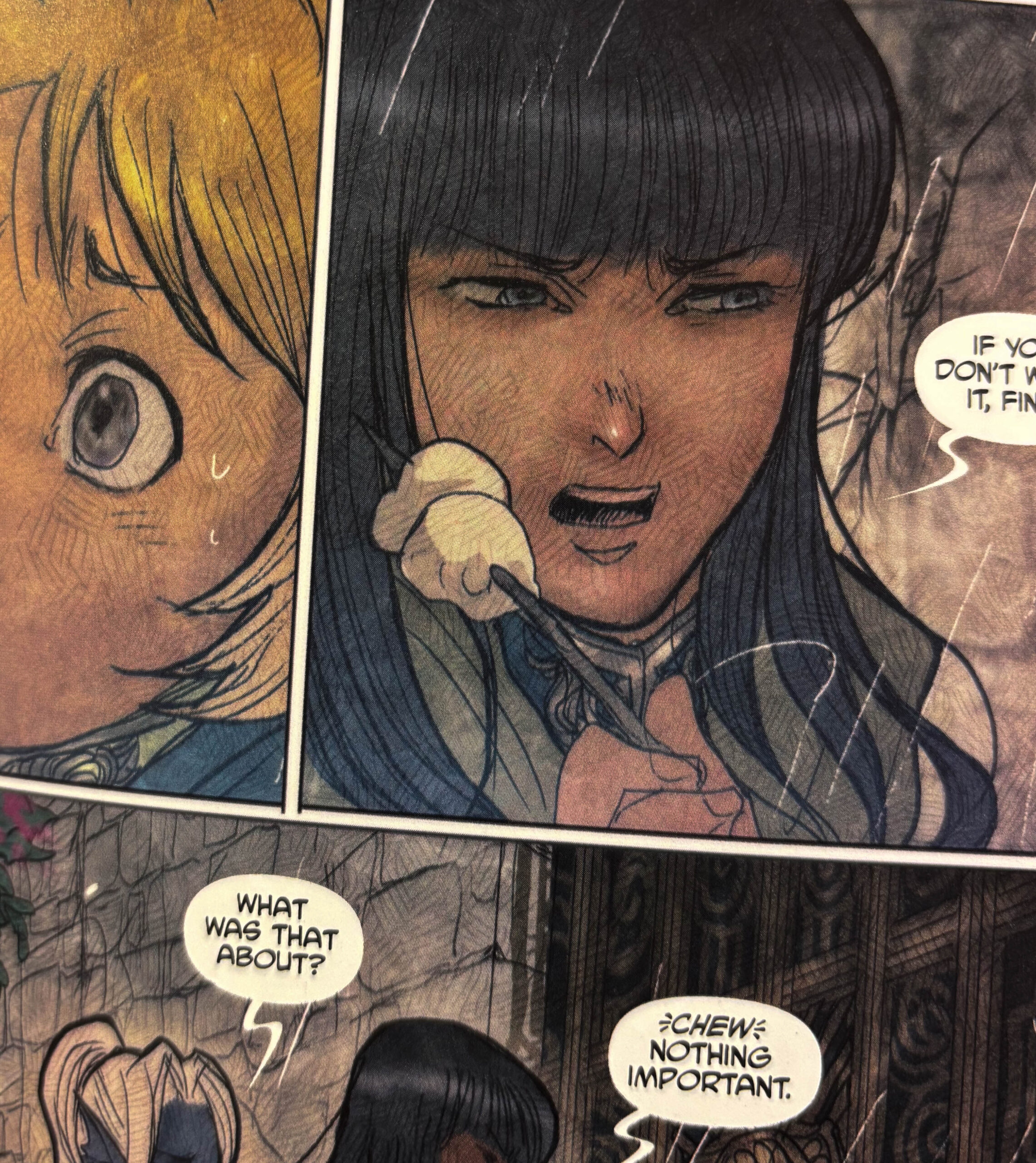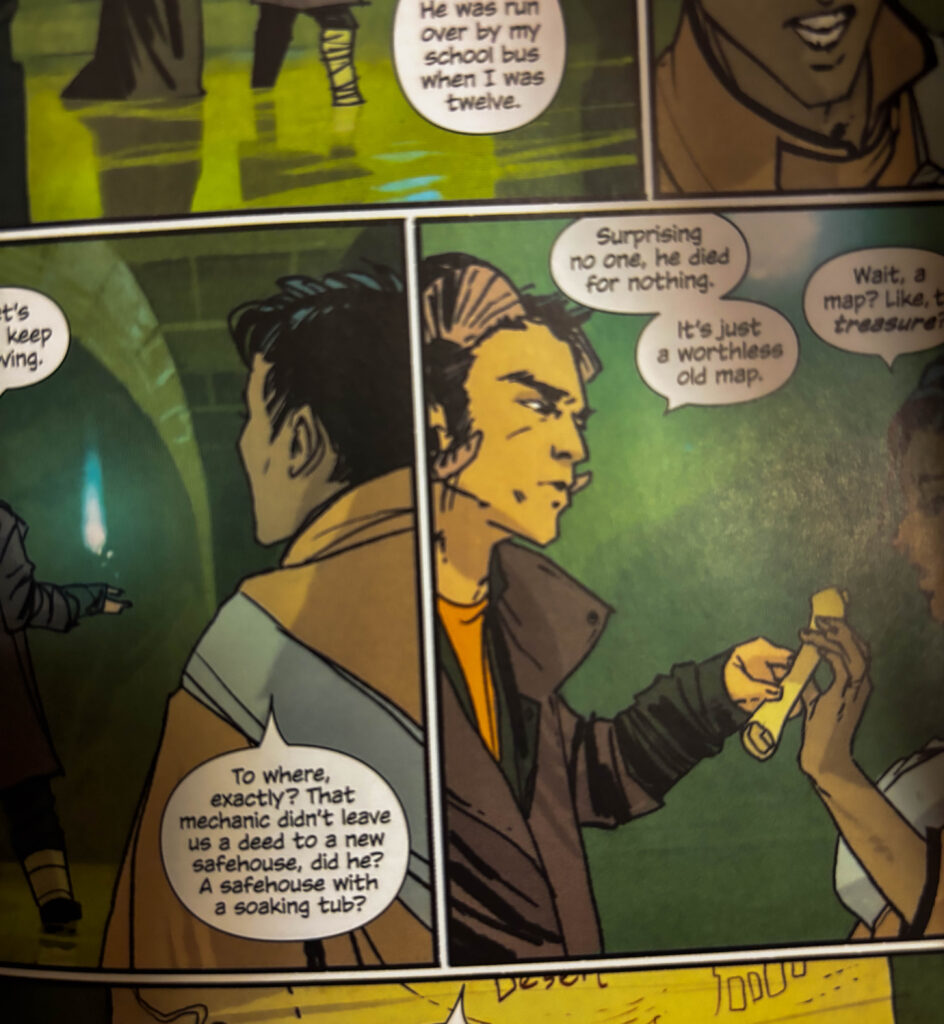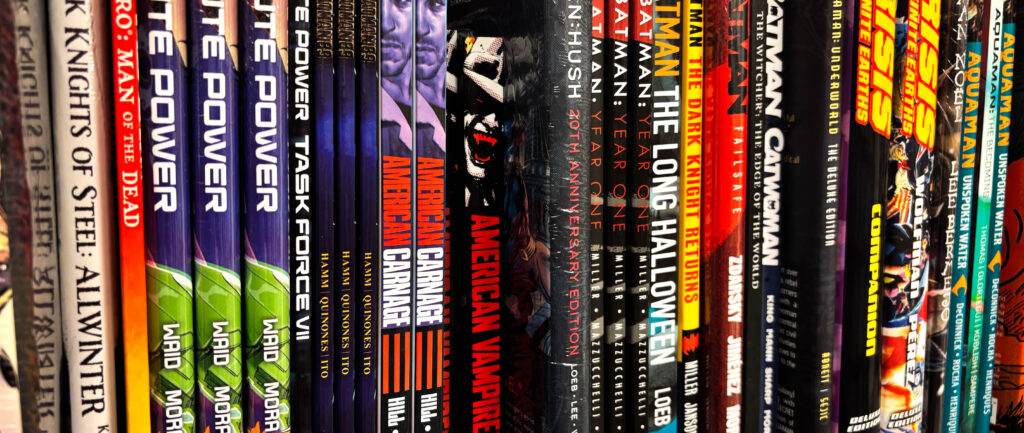Among all the genres, fantasy stands out as one of the most popular in graphic novels. In this guide, I’ll give you a brief definition of the genre, highlight its key features, and share some great examples of fantasy graphic novels you might enjoy if you’re interested.



What makes a story fantasy?
Fantasy is an imaginative genre. Fantasy stories often feature magical or supernatural elements in imaginary worlds with creatures, magic, and powerful forces. This genre gives authors the freedom to defy or change natural laws in order to produce thrilling and unique tales.
Key Features
Magic: In fantasy stories, the characters can use supernatural forces or powers that they have been born with or acquired with time. It plays an important part of the plot and shapes the world and its characters.
Mythical Animals: Fantasy allows us to visualize animals such as wizards, elves, and dragons. They are crucial to the plot, particularly to the journey of the main character.
Epic Missions/Quests: Heroes goes on big adventures in fantasy stories. During their travels, they might be battling villains, discovering powerful objects, improving their abilities, or fulfilling a prophecy. This helps advance the plot and encourages character development.
Structure of the Worlds: The fictional worlds in fantasy literature have their own histories, cultures, and lands.
Good vs Evil: The conflict between good and evil is a common theme. While pursuing their main goal, heroes have to make difficult decisions, battle villains and do what is morally right.
Character Archetypes: Characters such as the villain, the sage mentor, and the hero are all common in fantasy literature. They typically have distinctive characteristics that set them apart and are more complex.

Reasons why people love this genre
Imagination & Creativity
- Explores magical worlds
- Encourages creative thinking
- Breaks real-world limits
Accessible Reading
- Combines images + text
- Great for new or reluctant readers
- Easier to follow stories
Visual Storytelling
- Emotions and action shown through art
- Enhances mood and tone
- Deepens reader engagement
Fandom & Community
- Active fan cultures
- Shared discussions and creativity
- Connection through stories
Diversity & Representation
- Includes different voices and cultures
- Broadens perspectives